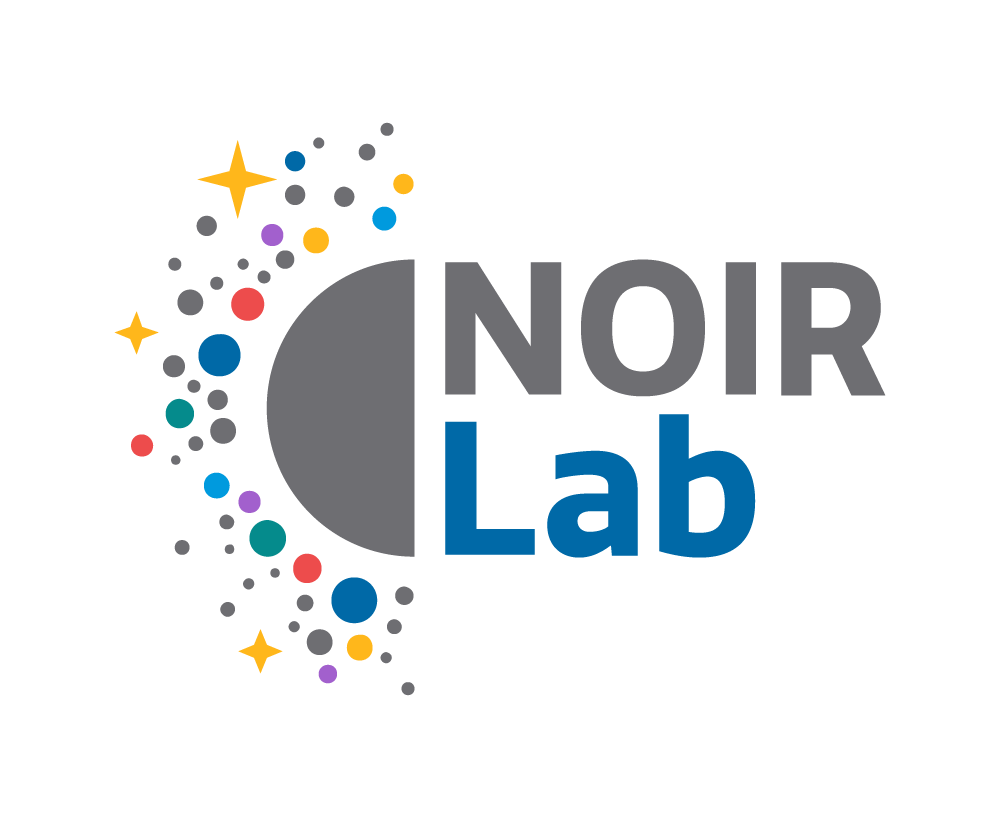Eric Peng Named US-ELTP Director
US-ELTP is a joint initiative of NSF NOIRLab and the organizations building the Giant Magellan Telescope and the Thirty Meter Telescope
31 July 2025
NSF NOIRLab, funded by the U.S. National Science Foundation, is pleased to announce that Eric Peng has been appointed Project Director of NOIRLab’s part of the US Extremely Large Telescope Program (US-ELTP).
US-ELTP is a joint initiative of NOIRLab and the organizations building the Giant Magellan Telescope and the Thirty Meter Telescope.
Peng formally started in his new role on 1 June 2025 after the departure of Lucas Macri to become Dean of the College of Science at the University of Texas Rio Grande Valley.
“I’m honored to step into this role at a pivotal time for US-ELTP,” says Peng. “This is an exciting opportunity to contribute to a program that will shape the future of astronomy for generations to come. I look forward to working with our incredible teams and partners to realize the full potential of these extraordinary observatories.”
“We’re pleased to have Eric stepping into this crucial role,” says NOIRLab Director Patrick McCarthy. “His scientific expertise and collaborative spirit make him an ideal guide for this ambitious program, and we look forward to his leadership.”
Eric is an astronomer at NOIRLab, where he was previously the US-ELTP Project Scientist. He brings years of experience with extremely large telescopes (ELTs) to his new role, as he is also the project scientist of the Wide-Field Optical Spectrometer at the Thirty Meter Telescope (TMT) International Observatory, and is a member of the TMT Science Advisory Committee (SAC).
Eric earned his Ph.D. in astronomy and astrophysics at The Johns Hopkins University in 2003. He also graduated from Princeton University with a Bachelor’s Degree in astrophysical sciences. The main focus of his research has been on the formation and evolution of galaxies through the observational study of nearby galaxies, their stellar populations, and dark matter content. His research has made use of a wide range of cutting-edge optical-infrared observatories, both on the ground and in space, and he looks forward to helping future generations gain similar opportunities with U.S. ELTs.
More information
NSF NOIRLab, the U.S. National Science Foundation center for ground-based optical-infrared astronomy, operates the International Gemini Observatory (a facility of NSF, NRC–Canada, ANID–Chile, MCTIC–Brazil, MINCyT–Argentina, and KASI–Republic of Korea), NSF Kitt Peak National Observatory (KPNO), NSF Cerro Tololo Inter-American Observatory (CTIO), the Community Science and Data Center (CSDC), and NSF–DOE Vera C. Rubin Observatory (in cooperation with DOE’s SLAC National Accelerator Laboratory). It is managed by the Association of Universities for Research in Astronomy (AURA) under a cooperative agreement with NSF and is headquartered in Tucson, Arizona.
The scientific community is honored to have the opportunity to conduct astronomical research on I’oligam Du’ag (Kitt Peak) in Arizona, on Maunakea in Hawai‘i, and on Cerro Tololo and Cerro Pachón in Chile. We recognize and acknowledge the very significant cultural role and reverence of I’oligam Du’ag to the Tohono O’odham Nation, and Maunakea to the Kanaka Maoli (Native Hawaiians) community.
Links
Contacts
Josie Fenske
Public Information Officer
NSF NOIRLab
Email: josie.fenske@noirlab.edu



